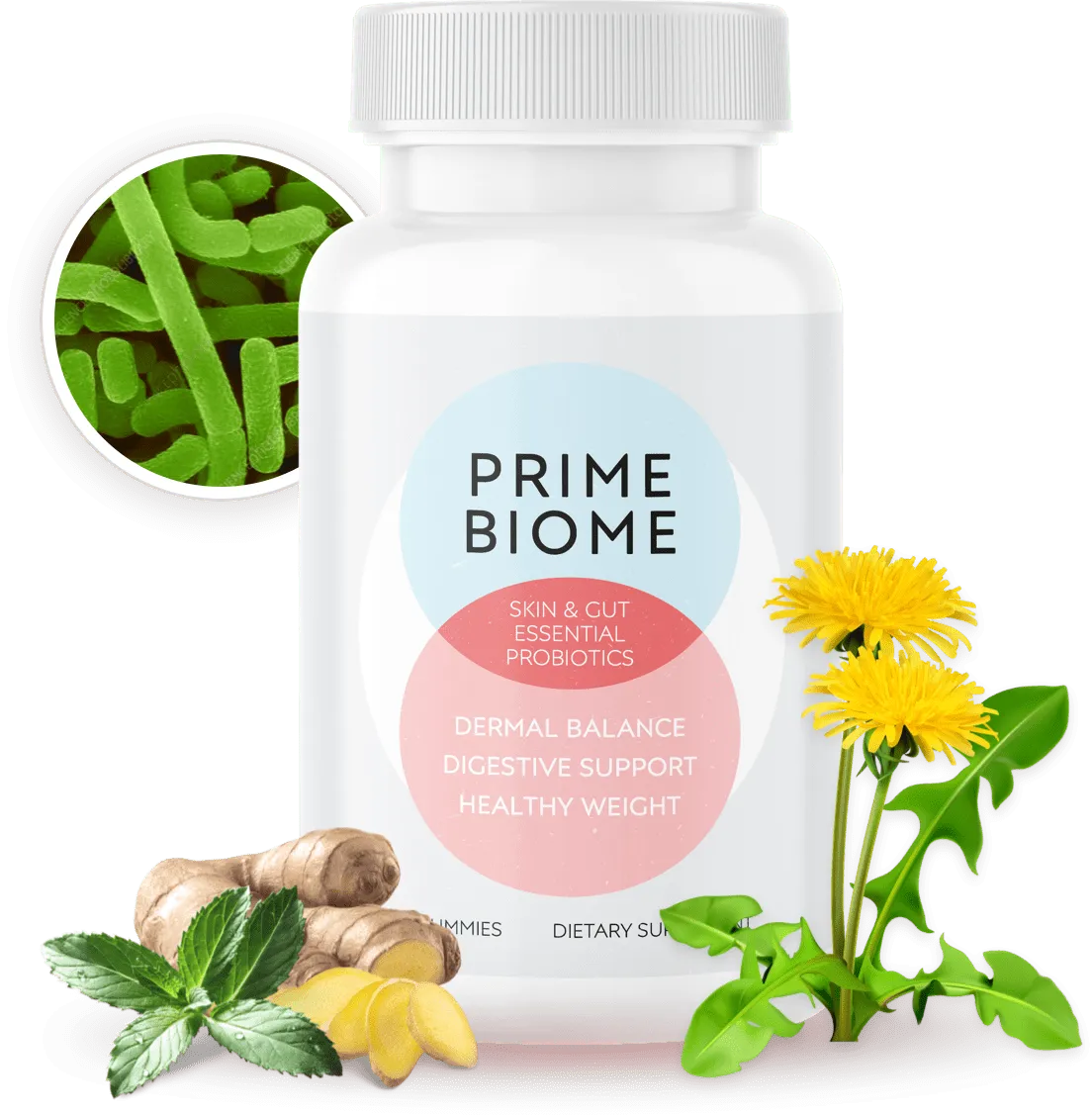
READ OUR BLOG
look amazing, feel confident, live vibrantly, and truly enjoy your life

Your Daily Skin Care Blueprint: Tips for Radiance and Clarity
Your Daily Skin Care Blueprint: Tips for Radiance and Clarity

Your skin's health begins with a daily skin care routine. This guide shares simple tips to get radiant skin and a clear face. Every step, from morning to night, is crucial in creating a routine that suits you.
Key Takeaways
A daily skin care regimen adapts to your skin’s unique needs for lasting results.
Routine skin care tips focus on gentle, science-backed steps for healthy skin.
Small actions like cleansing and moisturizing form the core of a clear complexion.
Personalized routines ensure your skin gets what it needs for radiance.
Consistency over time leads to visible improvements in skin texture and tone.
Understanding Your Skin Type: The Foundation of Effective Care
Before picking products, identify skin type to make a routine that fits. Your skin's special needs guide what steps and ingredients to use. Begin with a simple skin analysis to find out your skin's true nature.
How to Determine Your Skin Type at Home
Try these methods to find your type:
Tissue Test: Press clean tissue to face; oil stains show oily areas.
Morning Check: See if skin feels tight (dry) or oily by afternoon.
Seasonal Notes: Note how skin reacts to weather changes.
Common Skin Concerns and Their Causes
Acne often comes from clogged pores. Dryness might be from dehydration or harsh products. Skin concerns like redness can mean sensitivity, and hyperpigmentation might be from sun damage. Each problem points to specific needs.
Why Personalized Routine Matters
A personalized skin care plan avoids harsh exfoliants on dry skin or not treating breakouts well. Routines tailored to your skin analysis results lead to better results. No two routines should be the same!
Essential Morning Routine Skin Care Tips for Radiant Results
Your morning skin care routine is key to protecting your skin. It prepares your skin for the day, keeping it moist and safe from UV rays. Here's how to create a quick and effective daily routine.
Cleanse gently: Use a mild cleanser to remove oils from the night without drying out your skin. A foaming gel or milk cleanser is best for most skin types.
Tone wisely: Use a toner without alcohol to balance your skin's pH. Apply it with a cotton pad to help your skin absorb products better.
Serums first: Apply vitamin C or hyaluronic acid serums to brighten and hydrate your skin. Put these on before your moisturizer for better absorption.
Moisturize mindfully: Pick a light moisturizer. If you have dry skin, try ceramide creams from CeraVe or Neutrogena.
Seal with sunscreen: Use SPF 30+ to block 97% of UV damage. Apply it 15 minutes before going outside, even on cloudy days.
Short on time? opt for products that do more than one thing. Look for moisturizers with SPF or serums that have antioxidants and hydrate. A daily glow routine doesn't need to be complicated. Focus on these essential steps to keep your skin healthy and protected.
Make these steps a part of your daily routine. Starting your day with clear, bright skin is achievable with this morning ritual. Consistency is key to keeping your skin in top shape.
The Art of Cleansing: Finding Your Perfect Match
Cleansing is the first step in skincare. It protects your skin and removes dirt. The best facial cleansers meet your skin's needs. Let's find out how to pick the right one.
Gentle Cleansers for Sensitive Skin
For sensitive skin, choose a gentle face wash. It should keep your skin moist. Look for formulas that are pH-balanced. Avoid alcohol and artificial colors.
Ceramides help repair your skin's barrier. Chamomile calms any irritation. Cetaphil and La Roche-Posay are good choices for daily use.
Balancing Cleansers for Combination Skin
Combination skin needs a balance. Hyaluronic acid keeps dry areas hydrated. Glycerin stops oily areas from getting too dry.
CeraVe and Neutrogena’s hydrating lines are great. Use them morning and night, but don't overdo it.
Oil-Control Options for Acne-Prone Skin
For acne-prone skin, use cleansers with salicylic acid. Paula’s Choice and The Ordinary’s formulas are good. They clear oil without drying out your skin.
Benzoyl peroxide fights breakouts. Use non-comedogenic products to avoid clogged pores.
Hydration Heroes: Serums, Moisturizers, and Treatments
Getting hydrated skin is more than just drinking water. It begins with the right skin hydration products. These steps help you achieve glowing skin without any guesswork, whether you're dealing with dryness or oiliness.
The Science Behind Effective Hydration
Hydration and moisturization go hand in hand. Facial serums use ingredients like hyaluronic acid to draw in water. At the same time, Shea butter acts as a shield. Emollients fill in the gaps between skin cells, making it smooth.
Choose products that mix these ingredients well. This helps fight water loss from your skin.
Layering Products for Maximum Benefits
Start with facial serums since they soak into your skin fast.
Next, apply moisturizer to keep the serums in place.
Finally, add sunscreen or special treatments to avoid clogged pores.
Wait 2–5 minutes between each step. Thicker creams work better over thinner gels for better absorption.
Addressing Specific Concerns with Targeted Treatments
Got acne? Use serums with salicylic acid. For fine lines, try night creams with peptides. Targeted skin treatments like vitamin C brighten your skin, while niacinamide reduces redness.
Begin with 2-3 nights a week and slowly increase as needed.

Click here to get 2 Bonuses with Primo-Biome Today! ($50 off)
Evening Wind-Down: Nighttime Restoration Strategies
Your night skin care routine is when your skin repairs itself. Unlike morning routines, which protect, evening routines focus on renewal. Start with a gentle double cleanse to remove makeup, SPF, and pollutants.
Use oil-based cleansers first, then a water-based one. This keeps pores clear for overnight repair.
Next, apply PM skin care products like retinol serums or hyaluronic acid. They boost collagen and hydration. Use thick moisturizers with ceramides to lock in moisture while you sleep.
Consider a 2-3x weekly repair mask for deeper nourishment. Always apply sunscreen at night? No—swap it for vitamin C in the morning, but skip it at night to let skin breathe.
Cleansing: Remove all traces of the day’s buildup.
Repair-focused products: Retinoids, peptides, and antioxidants work best when skin is undisturbed.
Comfort tips: Keep products by your bed to make your evening skin regimen effortless. Set a reminder if you often skip steps.
Small changes like silk pillowcases reduce friction, and a humidifier adds moisture to dry rooms. Consistency turns these steps into a soothing ritual, not a chore. Prioritize your overnight skin repair—it’s your skin’s time to heal and glow.
Click here to get 2 Bonuses with Primo-Biome Today! ($50 off)
Weekly Skin Treatments to Elevate Your Routine
Adding weekly treatments to your daily routine can greatly improve your skin. We'll look at how to pick the right treatments for your goals without making things too complicated.
Exfoliation: Methods and Frequency Guidelines
Good skin exfoliation techniques help get rid of dead skin cells, making your skin look brighter. For sensitive skin, try chemical exfoliants like glycolic acid. If you have acne, salicylic acid is better. Physical scrubs are good for oily skin but be gentle.
Over-exfoliating can harm your skin. So, exfoliate 1-2 times a week, depending on your skin type.
Face Masks for Different Skin Needs
Face masks give your skin a deep treatment. Face mask benefits include tightening pores with clay masks, hydrating with hyaluronic acid, and soothing with sheet masks. Use them 1-3 times a week.
Always test a small area first to avoid any bad reactions.
DIY Treatments vs. Store-Bought Solutions
Try making your own at-home skin treatments like yogurt and oatmeal mixes. They're affordable but might not be strong enough for serious skin issues. For better results, choose store-bought products like retinol serums. Mix both to meet your skin's needs!
Seasonal Adjustments: Adapting Your Skin Care Throughout the Year
Weather changes mean you need to be flexible with your skin care. Seasonal skin care is more than just new products. It's about making smart changes that fit the weather. Whether it's fighting dry winter air or the summer heat, small changes can keep your skin balanced all year.
Winter Protection Strategies
Winter winds and heaters dry out your skin. Switch to thick creams like Caravel Moisturizing Cream. Also, use a hydrating serum under SPF 30 sunscreen, even in December. A humidifier helps keep the air moist, preventing dry skin.
Summer Skin Defense Tips
Summer means using lighter products. Try La Roche-Posey's hyaluronic acid gel-cream for moisture without oil. Always reapply SPF 50+ every two hours, especially after swimming. For summer skin tips, use a mattifying powder to control shine without clogging pores.
Transitional Season Considerations
Spring and fall need patience. Slowly introduce new products to avoid irritation. For weather skin adjustments, use a gentle cleanser like Neutrogena Ultra-Gentle. A multitasking serum can help bridge the gap between seasons without changing your whole routine.
Building Healthy Habits: Lifestyle Factors That Complement Your Skin Care
Your skin care routine is just one part of the whole picture. Let's look at how daily habits like diet, sleep, and managing stress affect your skin health lifestyle.
Diet for clear skin: Eat whole foods like leafy greens, berries, and fatty fish. Drink water instead of sugary drinks to fight inflammation and help your skin glow.
Sleep and skin health: Try to sleep 7-9 hours each night. Good sleep helps your body repair collagen, acting like a nightly "reset" button.
Stress management for skin: Spend 10 minutes each day on deep breathing. Stress can cause breakouts and make conditions like eczema worse, so taking short breaks is key.
Motion is important too: Activities like walking, yoga, or dancing boost blood flow. This brings nutrients to your skin. Start with small changes, like swapping unhealthy snacks for veggies or taking a 15-minute walk. Every little bit helps.
Remember, it's not about being perfect. Small changes in your skin health lifestyle can lead to lasting beauty. Mix these habits with your skin care routine for a brighter, healthier look.
Click here to get 2 Bonuses with Primo-Biome Today! ($50 off)
Conclusion: Your Personalized Path to Radiant, Clear Skin
Your skin care journey begins with a personalized skin care plan made just for you. Your skin is as special as your fingerprint. So, sticking to a routine that fits your goals is key to seeing results. Being consistent, like using gentle cleansers or products for oily skin, lays the groundwork for healthy skin.
Don't make your routine too complicated. Too many products can mess up your progress. Start with small changes, like switching one product at a time or adjusting for the seasons. Keep track of how these changes affect your skin in a simple journal.
Remember, patience is essential. Skin care consistency over time brings real results. Celebrate small victories, like fewer breakouts or smoother skin, as they show you're moving forward. Don't worry about how fast others see results—your journey is unique.
Use what you've learned to improve your routine. Whether you're fighting acne, dryness, or signs of aging, every step you take makes your routine stronger. With the right mindset and tools, you're already on your way to radiant, clear skin.
FAQ
What are the essential steps in a morning skin care routine?
A good morning routine starts with cleansing. Then, tone and apply serums. Moisturize next, and end with sunscreen. This order prepares and protects your skin all day.
How can I determine my skin type effectively?
To find your skin type, try the tissue test at home. Or watch how your skin acts daily. Each type—dry, oily, combo, normal, and sensitive—has its own needs.
Why is it important to personalize my skin care routine?
Customizing your routine tackles specific issues like acne or aging. Knowing your skin helps pick the right products for the best results.
What should I look for in a face cleanser for sensitive skin?
For sensitive skin, choose gentle cleansers with ceramides or chamomile. Avoid harsh scents and sulfates. Opt for milky cleansers or micellar waters for gentle cleansing.
How often should I exfoliate my skin?
Exfoliate once or twice a week, depending on your skin. Too much can irritate, too little makes it dull. Adjust based on your skin's response.
What ingredients should I look for in a hydrating serum?
Look for hyaluronic acid, glycerin, and vitamin E in hydrating serums. These keep your skin moist and plump all day.
How can I improve my nighttime skin care routine?
Begin with a deep cleanse to remove makeup and dirt. Use treatment serums like retinol for skin renewal. Finish with a moisturizer for repair while you sleep. Make this a calming part of your evening.
Are DIY skin treatments effective compared to commercial products?
DIY treatments can work, especially for masks and scrubs. But, commercial products are often researched and formulated for specific issues, offering reliable results.
How should I adjust my skin care for different seasons?
In winter, use thicker moisturizers to fight dryness. In summer, choose light products and extra sun protection. Adjust in transitional seasons based on your skin's response.
What lifestyle factors can impact my skin health?
Nutrition, hydration, sleep, and stress levels affect your skin. Eating well, staying hydrated, resting enough, and managing stress can greatly improve your skin's look and health.
Look Amazing
Feel Confident
Live Vibrantly

PRIMOBIOME
Dermal Balance
Digestive Support
Healthy Weight
Zeneara

